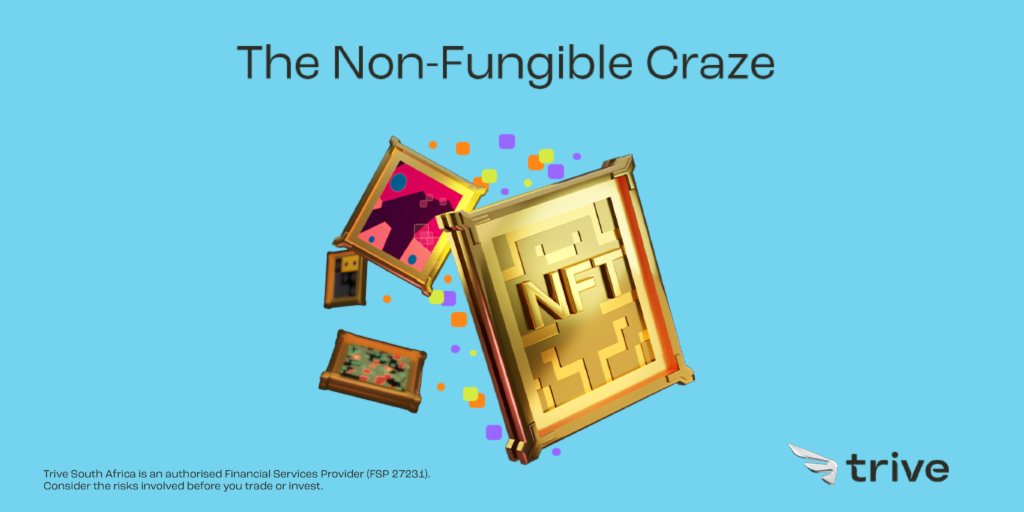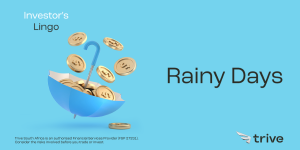
Are Non-Fungible Tokens (NFTs) just another market craze that has come and gone? Or will the resurrection of the unique digital experience come full circle in the new Metaverse?
Although NFTs have existed since 2014, their popularity only took off in the 2020 pandemic era, accelerating interest, especially in digital art collections like CryptoPunks and Bored Apes. NFTs have also come under fire for being exceptionally volatile and highly speculative assets which have become vulnerable to scams.
Let’s take a closer look at NFTs and their applications:
What are NFTs?
A Non-Fungible Token, known by the abbreviation NFT is a unique cryptographic asset with a unique digital signature. The word Non-Fungible means that something is unique and can’t be replaced. These digital assets could be anything from video and music files to one-of-a-kind artwork, collectables, games and much more. NFTs have also recently been used outside the speculative and entertainment industry, particularly in science and medical applications where patient data has been minted across patents and the tracking of supply chains.
How do NFTs Work?
These non-fungible tokens sit on a blockchain which, as we know, is a digital ledger that records each transaction. Every NFT also has a unique identification code which distinguishes them from each other and makes the transfer and verification between owners of the tokens more transparent. The standards at which these identification codes are held are of the utmost importance, and some examples of principles of standards are ERC-721 and ERC-1155, but more on this later.
Supply and demand dictate the value of NFTs bought and sold in the same way physical assets are. NFTs are digital representations of these assets but can also represent real-world applications across real estate or artwork. Some say that tokenising these physical assets makes trading, buying, or selling them much quicker and more efficient.
The Different NFT Standards
There are numerous standards for NFTs. Investors look to these standards as this makes these digital assets valuable to consumers. These standards guarantee developers that the digital asset will behave in a certain way and describe how they will interact with the asset’s functionality.
The first standard that represented non-fungible assets and brought the term “NFT” into the mainstream was ERC-721, which CryptoKitties game developer Axiom Zen developed. ERC-721 is an inheritable Solidity smart contract and provides permission to transfer NFTs from one owner to the next and gives an identifier for that asset’s present owner.
In contrast, to ERC-721, where separate contracts must be deployed for every collection or token type, the ERC-1155 standard allows for multiple kinds of tokens. This standard is primarily used for selling classes of assets all in one go, which creates efficiency, but the downside is that some info might need to be recovered for the bulk transaction.
Use of NFTs
With the rise of the Metaverse, a virtual world where humans can experience life in ways they could not in the real world, digital assets have become a sought-after commodity.
NFTs have opened the floodgates for people who want to live a virtual life which, in most instances, can not be achieved in real life. Not only have interest across digital collectables and NFT art skyrocketed, but other uses of NFTs have seen increased adoption, which is set to continue.
Let’s look at a couple of other uses of NFTs:
Collectable NFTs and Digital art are some of the first mainstream uses of NFTs and, in most instances, most human’s first interaction points with Non-Fungible Tokens. Other adoptions and benefits are on the rise, like in the fashion world, where duplicate NFTs have been created to merge the real world with a digital one. Ticketing for concerts or sporting events can be made to ensure attendees have original access to prevent duplicate tickets from being produced, to name a few.
Where can Investors Buy NFTs?
Investors and speculators willing to take on the risk of this new and exciting alternative asset class can get access through an NFT Market place. This space is ever-evolving, but there are currently three categories of NFT marketplaces: an Open marketplace, a Closed marketplace and a Proprietary marketplace.
In the Open marketplace, prospective investors can buy, sell, or have NFTs minted for them. A Closed marketplace usually undertakes the minting process, and creators need to apply to join the marketplace. The Proprietary marketplace sells NFT trademarks or the copyright.
What’s happening in the NFT Market Currently
The NFT market remains a high-risk environment and highly volatile but has seen a decrease in investor popularity since its euphoric high point during the pandemic era. Remember the first NFT house that sold for $500 000 or Beebe’s Crossroad, which initially sold for $66 000 in 2020 and then resold for $6.6 million a couple of months later? The main problem facing these buyers is that you need to find a new buyer willing to purchase your NFT for more, which is impossible nowadays. Considering that newly minted NFTs are also finding it hard to attract buyers, it is no surprise that the sales end up at a loss for sellers as sellers outnumber buyers.
The latest from the crown is that the plans for producing a British Government backed Non-Fungible token has been dropped after consultation with its Treasury. Along with the recent decline in crypto assets, this news also adds to the speculative nature of digital assets, which could remain volatile and unattractive for investors.
Sources: Kaspersky, Wikipedia, Golden, Ethereum Improvement Proposals, TechTarget, Bloomberg, CNN, BBC, MoneyUnder30.
Disclaimer: Trive South Africa (Pty) Ltd, Registration number 2005/011130/07, and an Authorised Financial Services Provider in terms of the Financial Advisory and Intermediary Services Act 2002 (FSP No. 27231). Any analysis/data/opinion contained herein are for informational purposes only and should not be considered advice or a recommendation to invest in any security. The content herein was created using proprietary strategies based on parameters that may include price, time, economic events, liquidity, risk, and macro and cyclical analysis. Securities involve a degree of risk and are volatile instruments. Market and economic conditions are subject to sudden change, which may have a material impact on the outcome of financial instruments and may not be suitable for all investors. When trading or investing in securities or alternative products, the value of the product can increase or decrease meaning your investment can increase or decrease in value. Past performance is not an indication of future performance. Trive South Africa (Pty) Ltd, and its employees assume no liability for any loss or damage (direct, indirect, consequential, or inconsequential) that may be suffered from using or relying on the information contained herein. Please consider the risks involved before you trade or inv




